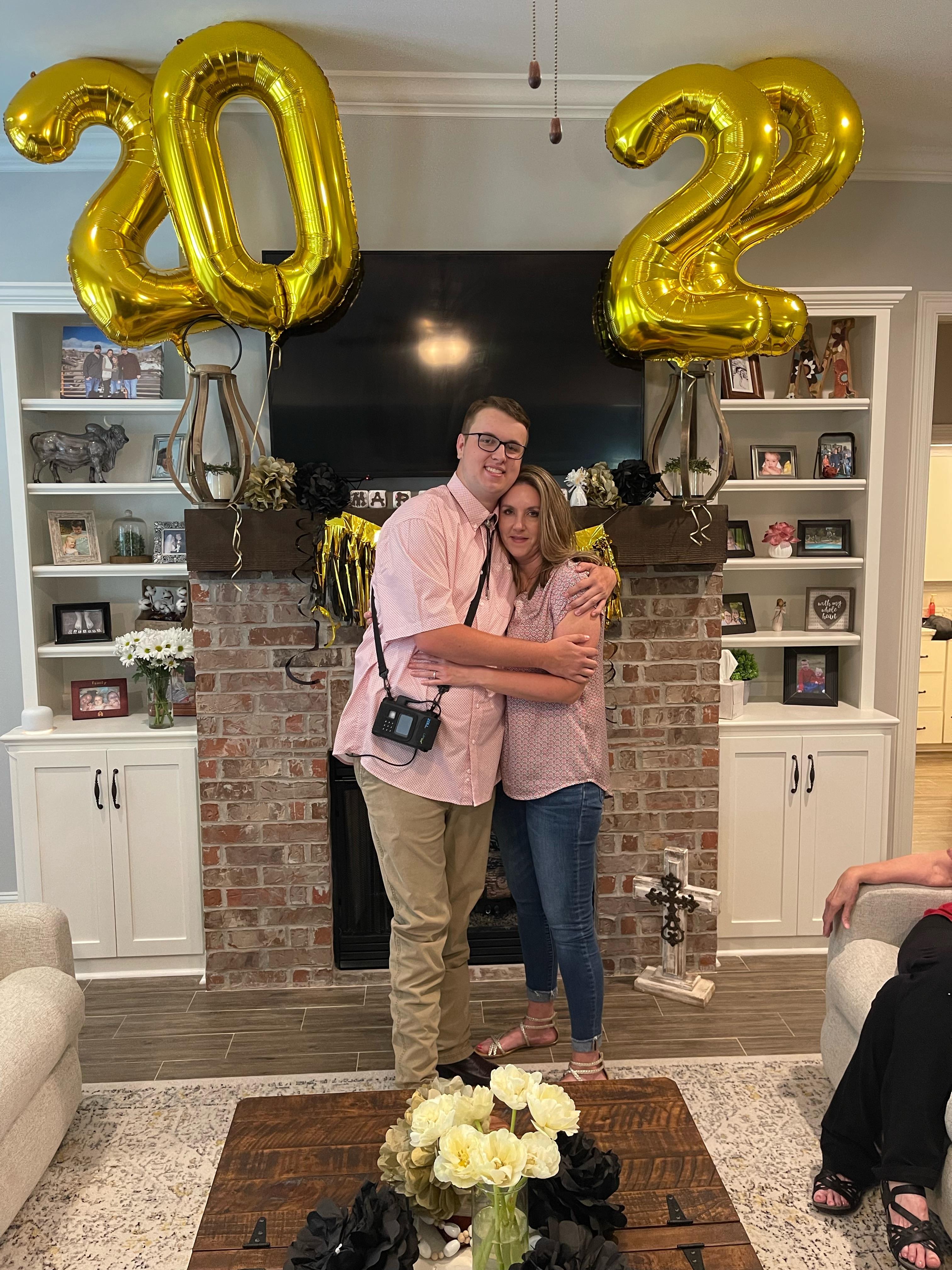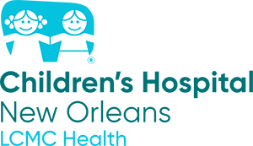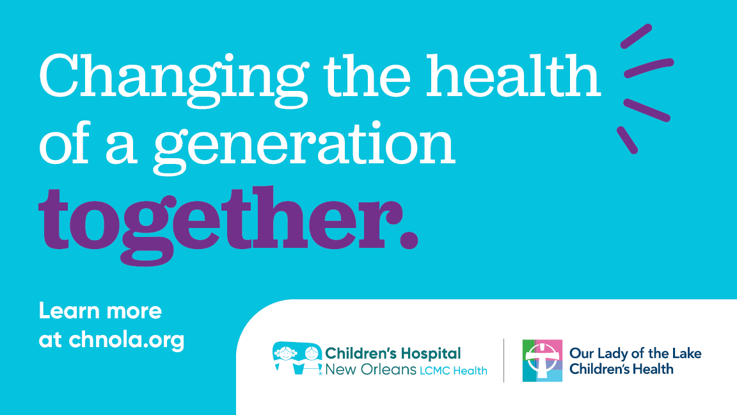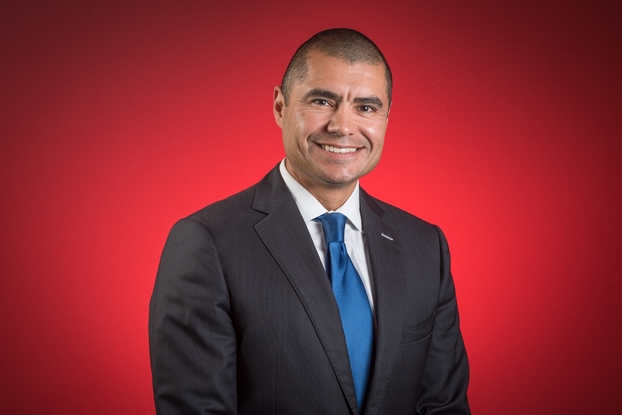Bryce’s Story: Fixing a Heart’s Rhythm Just in Time for a New Chapter in Life
- Category: Patient Stories
- Posted on:

Eighteen-year-old Bryce Marcantel knows more about the inner workings of his own heart than the average adult. At birth, he was diagnosed with multiple complex congenital heart defects, including transposition of the great arteries (the two main arteries leaving the heart are reversed), pulmonary atresia (the valve that allows blood to flow out of the heart and into the lungs doesn’t form properly), ventricular septal defect (there is a hole in the wall that separates the two lower ventricles of the heart), and double outlet right ventricle (both great arteries are attached to the right ventricle of the heart).
Already in his young life, Bryce has undergone five open-heart surgeries, as well as another handful of procedures in the cardiac catheterization lab. But despite the complex  structure of his heart—and the numerous challenges he’s faced as a result—Bryce is a happy teenager with a full life. While many babies born with congenital heart conditions struggle to maintain a healthy weight, Bryce grew big and strong—all the way up to 6 feet, 8 inches tall.
structure of his heart—and the numerous challenges he’s faced as a result—Bryce is a happy teenager with a full life. While many babies born with congenital heart conditions struggle to maintain a healthy weight, Bryce grew big and strong—all the way up to 6 feet, 8 inches tall.
“He’s a big dude,” his mother, Melissa, said. “But he’s also very laid back. He is very compassionate and caring—big in stature but truly just a gentle giant.”
Although Bryce’s heart has been all but completely re-built since his birth, it had been working well since his last open-heart surgery, with his doctors estimating he would need to replace a valve that runs from his right ventricle to his pulmonary arteries (pushing blood from the heart and to the lungs), by his late twenties or early thirties. They were optimistic that this could be achieved through a minimally invasive procedure and that he would likely not require another intervention until then.
But Bryce’s heart had other plans.
 In March of 2022, Bryce was at his great grandmother’s house in DeQuincy, Louisiana, with his extended family. He was running with his baby cousin when he began to feel like his heart rate was “off.” Not long after that, after helping his great grandmother with something, he almost blacked out.
In March of 2022, Bryce was at his great grandmother’s house in DeQuincy, Louisiana, with his extended family. He was running with his baby cousin when he began to feel like his heart rate was “off.” Not long after that, after helping his great grandmother with something, he almost blacked out.
“I was at a yoga class in town and my husband called to tell me,” Melissa said. “At first, we thought it might be an anxiety attack, which is something he has dealt with in the past and can also cause the sensation of your heart racing like that.”
Bryce decided to lay down and rest, and by the time Melissa got home, he was feeling much better. He convinced his mother he was well enough to run a quick errand with his sister—he wanted to return the tuxedo he’d worn to prom the night before—so she agreed that they could go.
 “They didn’t get three miles down the road before he started having the palpitations again,” Melissa said. “They called and came back home and then I monitored him. The palpitations would be there and then they would get a little bit better and then they would come back. That went on for about an hour and half and then he started to say his chest was hurting a little bit and that he just didn’t feel well.”
“They didn’t get three miles down the road before he started having the palpitations again,” Melissa said. “They called and came back home and then I monitored him. The palpitations would be there and then they would get a little bit better and then they would come back. That went on for about an hour and half and then he started to say his chest was hurting a little bit and that he just didn’t feel well.”
She and her husband decided use the electrical heart sensor on one of their Apple watches to measure his heartbeat and rhythm.
“We put it on him and his heart rate was in the 240s,” Melissa recalled. “I said, ‘OK, we’ve got to get you in the car and get you to the emergency room.’”
Originally, Melissa had planned to take her son to the emergency room in nearby Lake Charles, but Bryce’s symptoms grew increasingly worse in route, and he was losing color in his face.
“We just stopped in the ER in Sulphur and they measured that his heart rate had reached 245 with a wide complex rhythm,” Melissa said. “They immediately shocked him to try to get him back to a normal rhythm.”
The hospital then called his primary cardiologist, who carefully went over Bryce’s vitals with the emergency room physician in Sulphur. From there, Bryce was administered amiodarone, a medication used in emergency situations to help treat arrhythmia, and he was flown by helicopter to Children’s Hospital New Orleans.
 Based on his cardiac history and his vitals at the time, it was clear to his cardiologist that Bryce needed emergency intervention that day.
Based on his cardiac history and his vitals at the time, it was clear to his cardiologist that Bryce needed emergency intervention that day.
At Children’s Hospital New Orleans, Bryce was monitored and underwent a battery of tests. He was transitioned off amiodarone and put on metoprolol—a beta blocker that reduces blood pressure—prior to being discharged home. He was also given an external defibrillator to wear called a LifeVest, which can detect and control sudden and dangerous changes in heart rhythms by applying an electrical shock to the heart.
The next step was to undergo an electrophysiological study, known as an EP study, to evaluate the heart’s electrical system and determine exactly what kind of arrhythmia he had. Bryce’s EP study took place on May 10 and was performed by Dr. Scott Macicek, who serves as Chief Experience Officer at Children’s Hospital New Orleans and sees patients as a Pediatric and Adult Congenital Cardiologist and Electrophysiologist.
“The results of the study did show that Bryce had an inducible sustained ventricular tachycardia, which can be fatal,” Dr. Macicek said. “The recommendation in these cases is to get an ICD, which would detect any future tachycardia events and immediately shock his heart back into a normal rhythm.”
ICDs, or implantable cardioverter-defibrillators, are implanted inside the body and can automatically perform a defibrillation as needed. ICDs take the place of an external device like the LifeVest, and for people like Bryce, they can be lifesaving in the case of sudden arrhythmias.
 On May 26, Bryce’s underwent a transvenous single chamber ICD implant. A few weeks later, he proudly walked across a stage and received his high school diploma.
On May 26, Bryce’s underwent a transvenous single chamber ICD implant. A few weeks later, he proudly walked across a stage and received his high school diploma.
“Bryce is doing great now and feeling so much better,” Melissa said. “At first, he had a really hard time accepting that he would need a defibrillator, because he’s only 17 and he already has enough hardware from his congenital heart defects. But he’s in a good place with it now.”
Melissa said her family is so grateful for his care team’s expertise and ongoing guidance.
“We are so thankful for the entire team at Children’s Hospital New Orleans,” Melissa said.
This Fall, Bryce began classes at a local junior college. He is currently planning to study criminal justice but is also looking forward to learning about all the opportunities his future may hold. As soon as Dr. Macicek gives him the all-clear, he plans to start looking for a job. He is excited for this next chapter and happy to get back to the normal rhythm of his life once again.
To learn more about The Heart Center at Children’s Hospital New Orleans and Adult Congenital Heart services, visit https://www.chnola.org/services/heart-center/adult-congenital-heart-program/.



